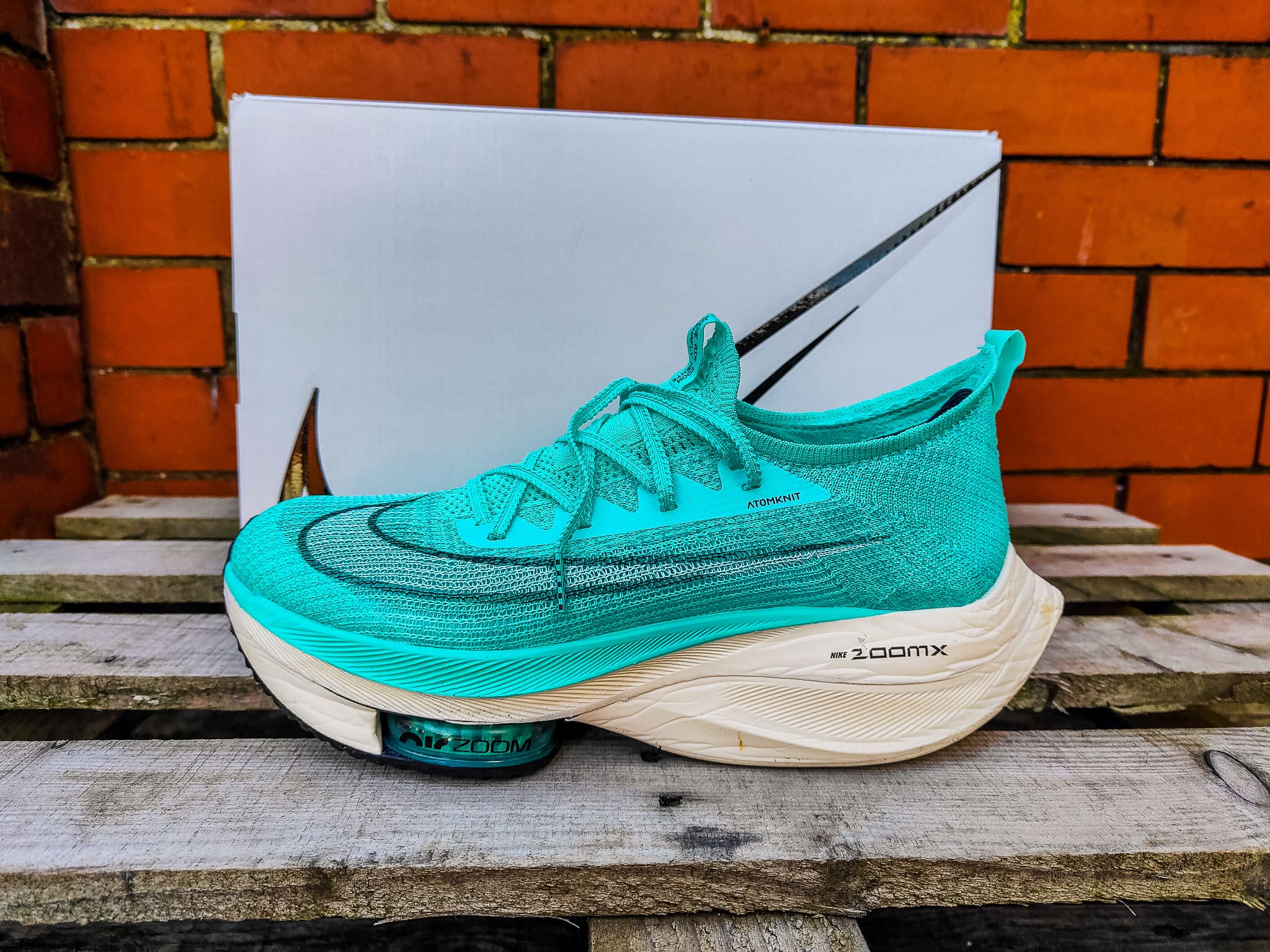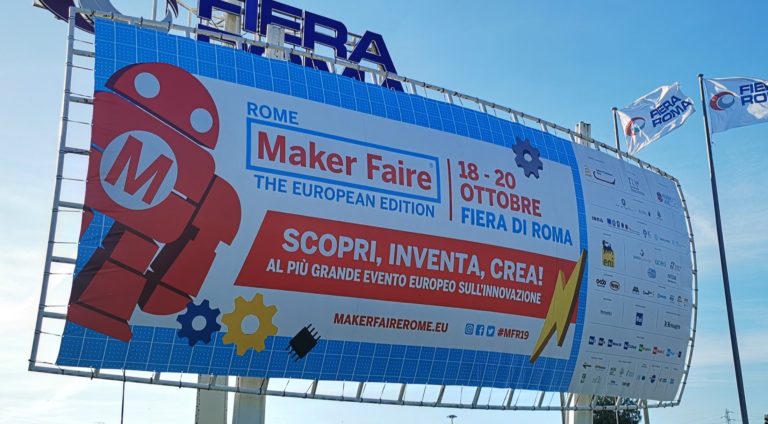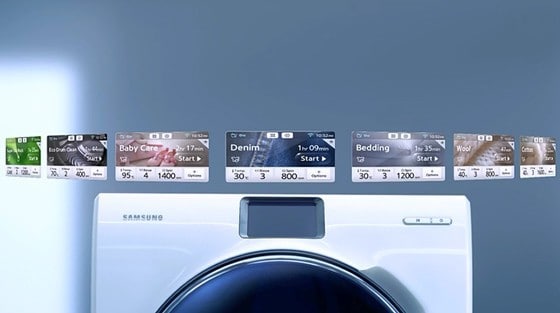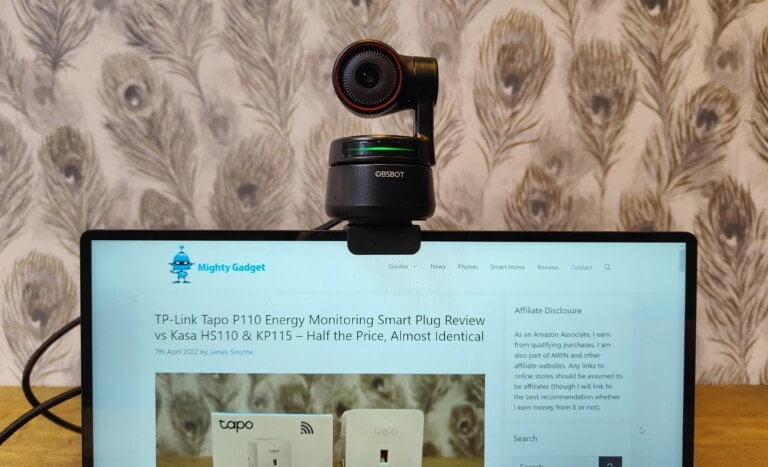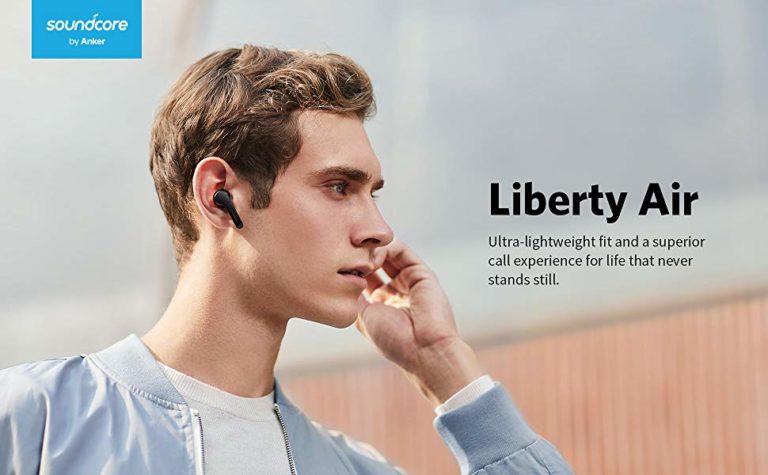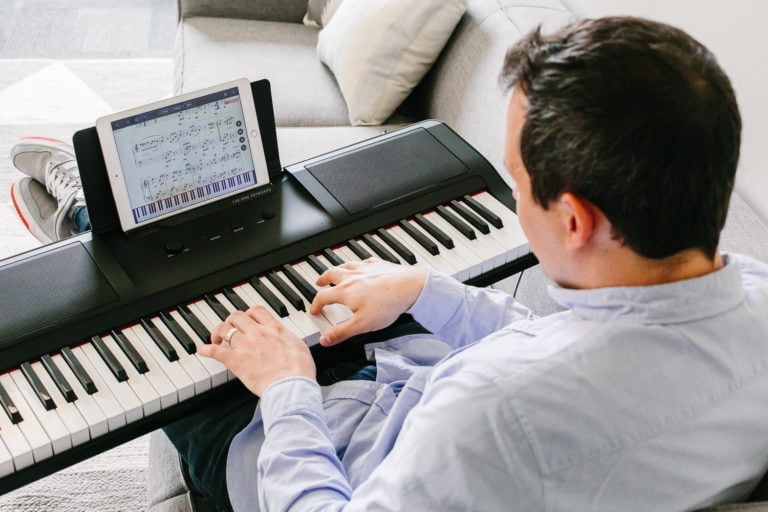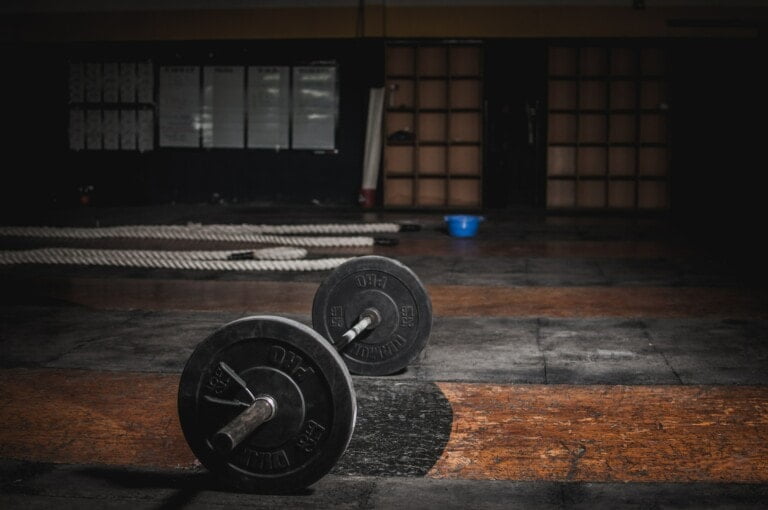Any links to online stores should be assumed to be affiliates. The company or PR agency provides all or most review samples. They have no control over my content, and I provide my honest opinion.
As a tight-fisted northerner, the thought of spending £200+ on running shoes has always felt like madness to me. The critic in me has always found it ridiculous that so many none competitive runners line up for marathons and the like with Nikes’ famous range of Alphafly/Varporfly shoes.
But here I am, a none competitive runner that has bought not one but two pairs of Alphafly NEXT%.
Background
Not that anyone is interested in my background, but I feel it gives some context to the review.
I am someone that went from fat to fit in their 30s. After getting into running and doing my first half, I suffered a very bad case of shin splints (because I ignored the growing pains) which stopped me from running for quite a while.
When I had gait analysis a few years ago, I was informed I needed stability shoes. The first pair of shoes that didn’t seem to lead to injuries was the Nike Air Zoom Structure 21. Whenever I try different brands, I seem to end up with niggling pains, so I always seem to go back to Nike. As the years progressed, I seemed to have moved away from stability shoes and avoided any significant running-related injuries. I am a heel striker, but over the years, I have increased my cadence, and I do my best to land midfoot.
From the Zoom Structure 21, my evolution of Nike running shoes went for increasingly expensive models:
Odyssey React > Zoom Pegasus 36 > Infinity Run Flyknit > Zoom Tempo NEXT% > Alphafly NEXT% Flyknit
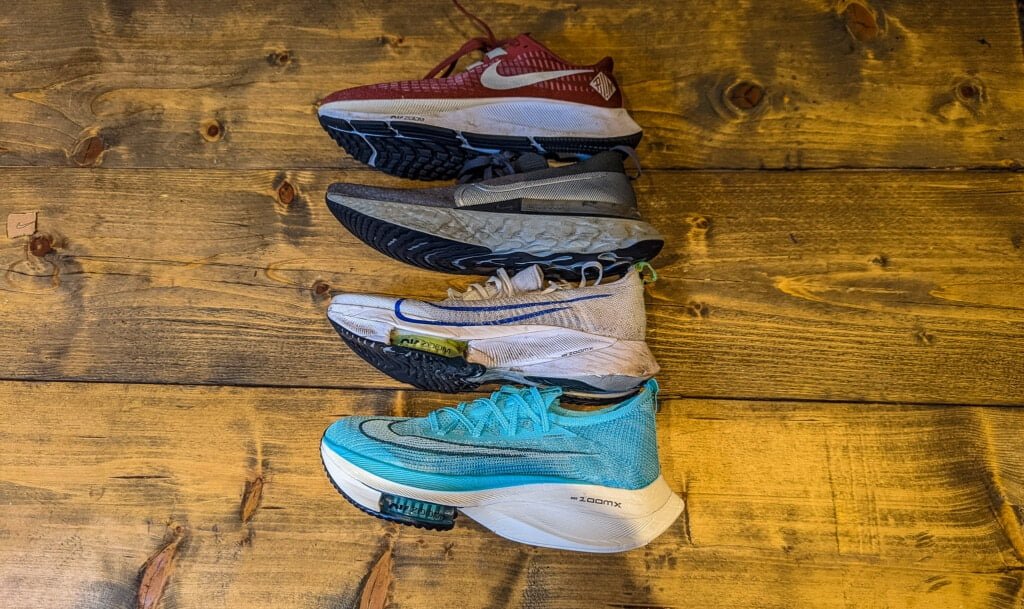
I am an OK runner. With the Tempo NEXT%, I managed a 3:23:50 marathon, with plenty left in the tank. 5K was 20:10, but I don’t really train for that. 10K was 41:31, which I set during the Manchester Half Marathon, where I also set my HM PB of 1:28:35.
Prior to buying the Alphafly NEXT% I had a knee injury, and I also had abdominoplasty and a hernia repair in January. So I haven’t been in peak form using these, but I hoped to set a 10K PB before I start going back to half marathons.
Nike Air Zoom Alphafly NEXT% Features
- Upper mesh construction
- Nike ZoomX cushioned midsole
- Zoom Air pods
- Carbon fibre plate (Flyplate)
- Rocker geometry
- Tongue-sock and laces
- Heel-lock Achilles pillows
- 210g weight
- 4mm drop from heel to toe
Nike Air Zoom Alphafly NEXT% vs Tempo NEXT% Differences
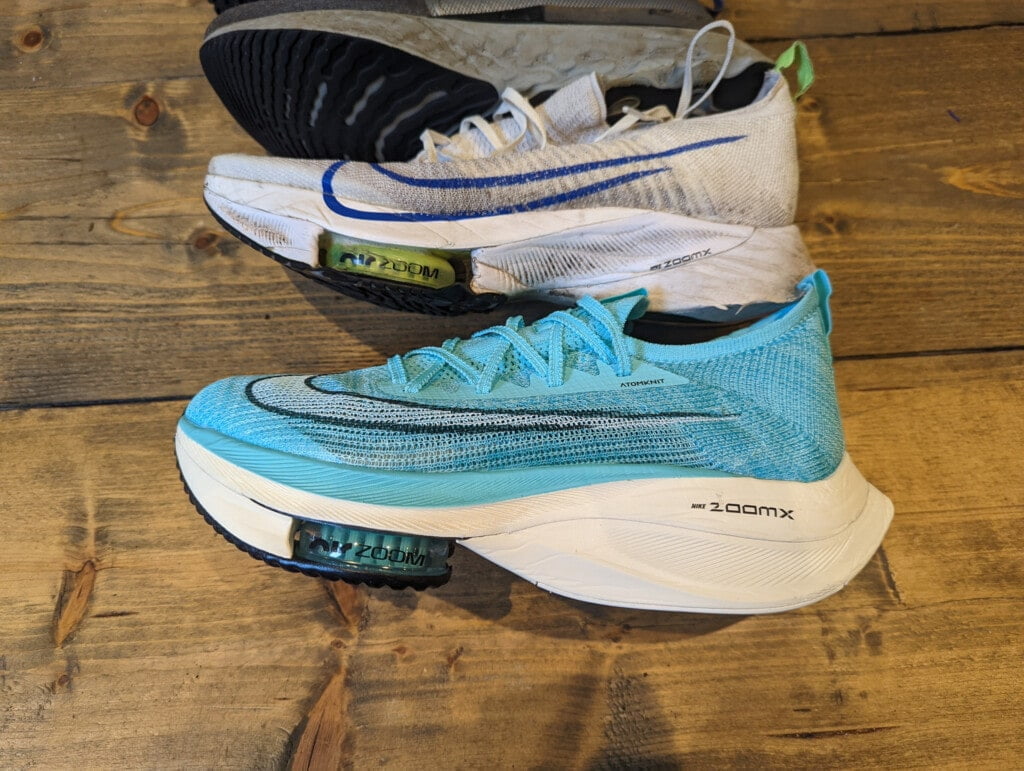
The Tempo Next% is supposed to be a daily trainer designed to be the training companion to the Alphafly Next%.
They have a lot of similarities, and it makes sense that they are marketed as a training companion. I feel like a daily trainer is stretching it a bit, and I found that the durability was very low.
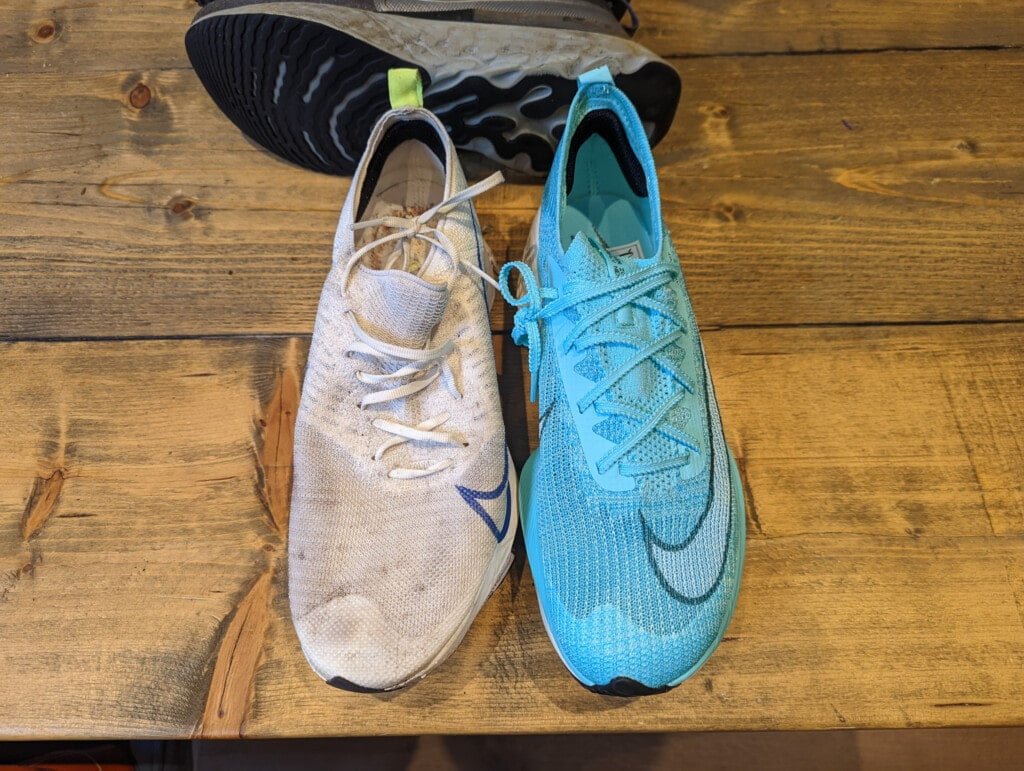
Both shoes have:
- Zoom Air pods in the forefoot deliver even more energy return than just the ZoomX foam
- ZoomX foam in the forefoot
- Rocker Geometry – which is the weird heel and toe shape that guides your foot
- Atomknit for the sock-like fit
There are a few big differences:
- Alphafly is classed as being more rigid, and this is due to the carbon plate running through it.
- Tempo has a composite plate
- Alphafly is more cushioned with a heel stack height of 39mm and 35mm in the forefront. This gives the Alphafly a 4mm drop, significantly smaller than the 10mm on the Tempo
- Tempo uses React foam on the heel
- Tempo is a heavier shoe
- Tempo has a harder outsole with more rubber coverage which is supposed to improve durability.
Alphafly NEXT% Fit and Feel vs Tempo NEXT%
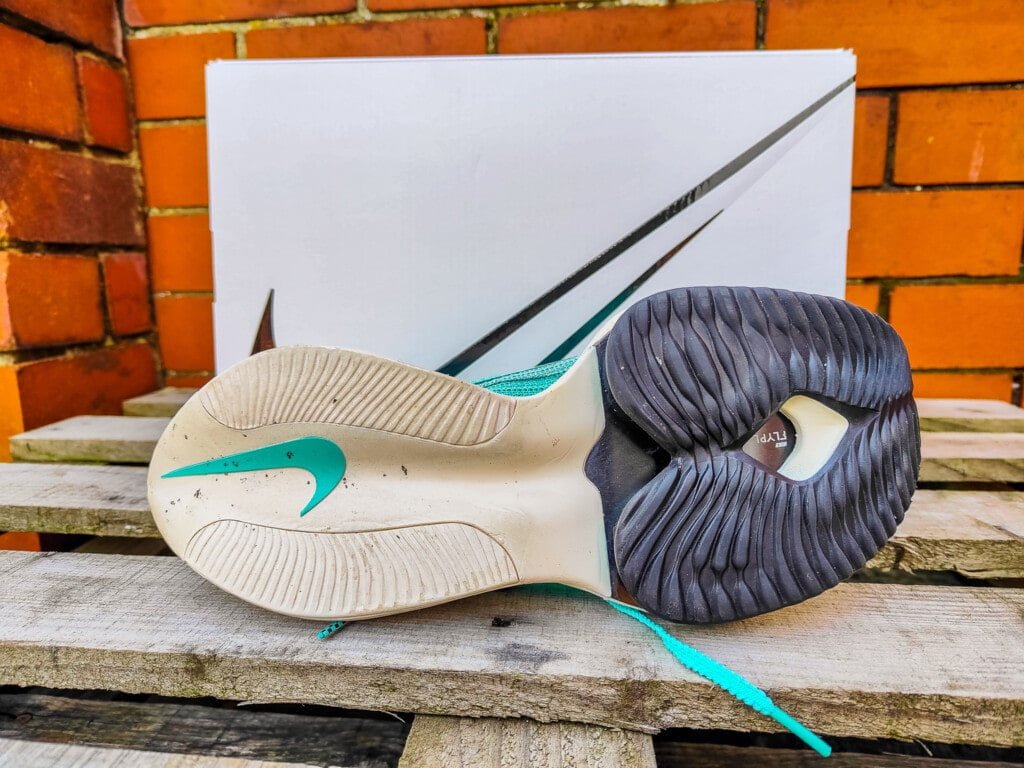
First of all, these are a nightmare to get on. The sock-like Flyknit structure just crumples as you try and put your foot in. The two pull tabs are essential.
Once you do manage to get your feet in, they feel comfortable, they manage to feel both spacious and snug at the same time, which I guess is the point of the Flyknit. I am a size 9 with normal width shoes, and I bought 9 for both the Tempo and Alphafly. I found that the Tempo was a bit more restrictive in the toe box.
I used Superfeet green in my Tempo, paranoid of injuries, a lot of people recommend them and when I bought the Tempo shoes when it wasn’t possible to get custom insoles made due to lockdowns etc.
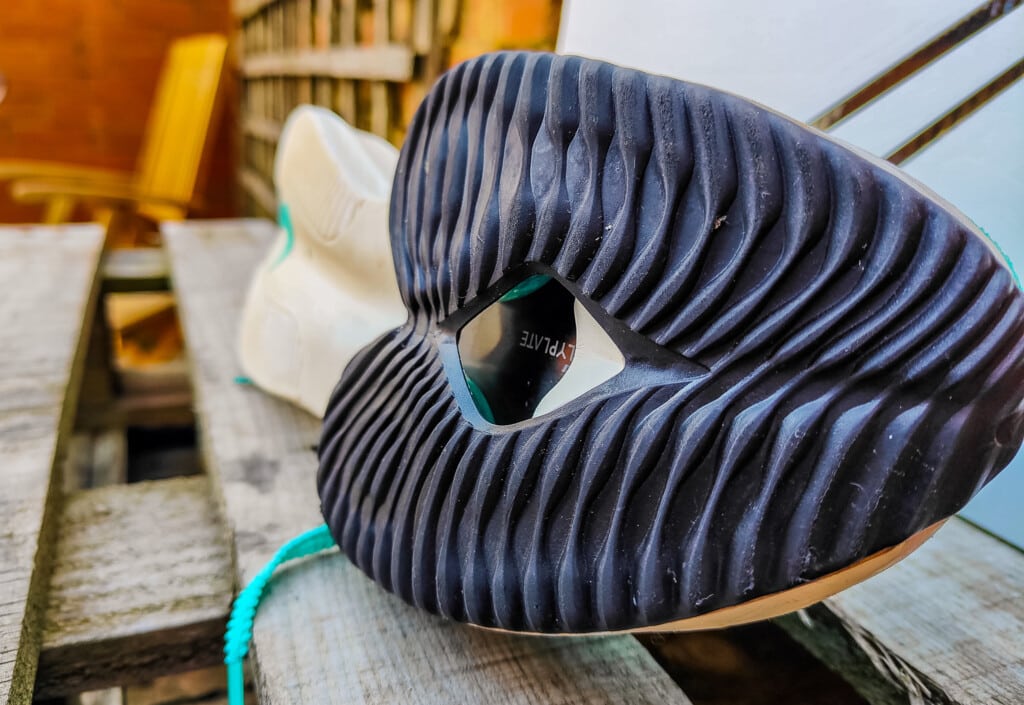
With the Alphafly, I found that the Nike insole is extremely difficult to remove, and I decided it wasn’t worth damaging such an expensive shoe. I found that I could get the slimmer Superfeet RUN into the Alphafly though I needed to trim it down a bit.
I perhaps could do with sizing down half with both of these models. I found that the lack of structure with the Flyknit meant that my foot would push forward slightly when running at higher speeds. I have Greek toes, so my second toe is the longest, and I found that this toe would suffer a bit.
My first run with the Alphafly left me with a very sore second toe. I think making sure they are as tight as possible helps, and this is one of the reasons I thought to try the Superfeet Run.
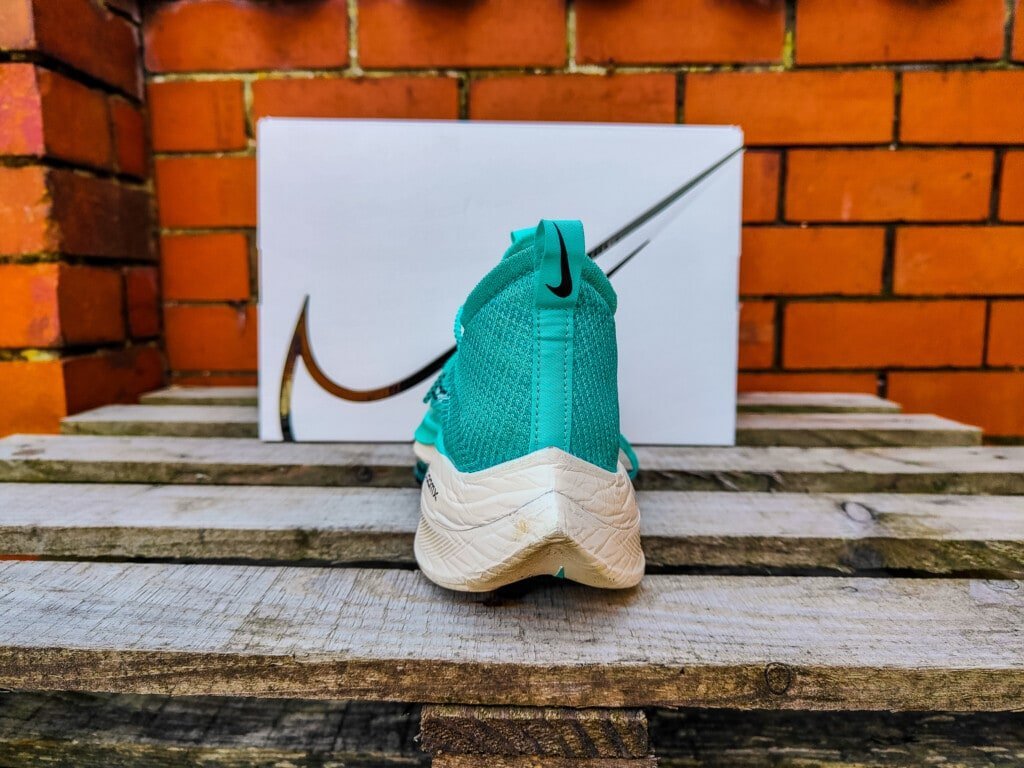
Both shoes are very bouncy, maybe I was used to the way the Tempo feels, but the Alphafly felt quite odd. They are extremely bouncy, and it feels strange to walk around in them. I have also struggled to do any slow running in them at all, I know they are not designed for training runs in the first place, but I have struggled to even try to run slow in them.
The difference in heel drop was a concern for me. When I had shin splints, my physio suggested I needed a big drop to counter the lack of mobility in my ankle. So far, I haven’t really noticed that much difference nor have I had any shin issues. It is too early to be sure, though.
Alphafly NEXT% Performance
It probably comes as no surprise that the Alphafly NEXT% is not going to make you significantly faster. However, it did feel like they would when I first started wearing them.
The first couple of runs, they felt like they were a lot faster, only for me to end up being disappointed at myself for gassing out too quickly.
However, in 16 days of wearing these, Strava shows:
- 3rd best estimated 5k effort – 20:28
- 3rd best estimated 1 mile effort – 6:07
- Festival of Run 10K – 40:44.87
- 2nd best estimated 5k effort – 20:17
- 2nd best estimated 1 mile effort – 6:01
- Best estimated 2 mile effort – 12:13
- Best estimated 5k effort – 19:30
If I didn’t have a cold and it wasn’t windy, I think I could have pushed the 10K down to sub 40m. I am happy with 9th place, though, something I never thought would be possible when I was obese.
While it is hard to ascertain for sure how much of a difference the shoes make, in my case, they do seem to help push me a little bit faster.
I think I can get that 5K to sub 19m, but I am probably going to move back up to HM training now before targeting Manchester Marathon next April.
Nike Store’s Exceptional Return and Warranty Policies
I was hesitant about buying these at first. Even discounted, I felt that £160 was too much for me to be spending on a pair of running shoes. I also managed to pick up the same pair from Keller Sports for £120, which felt like a reasonable price and I did plan to send the Nike Store purchase back.
However, I have only recently been made aware of the exceptional return and warranty policies Nike have in place.
When I ordered mine, Nike still had the extended 60-day return window. As I write this, it looks like it has gone back down to 30 days (for the UK store at least, the US store still seems to say 60 days). While they may seem standard, what is significantly better than most other stores is the fact that you can use the Nike shoes as much as you want for those 30-days and return them for any reason.
The only other company I know of that offers similar is Brooks with their 90-day trial run.
Things get even better. Nike have an extraordinary 2-year warranty where they will refund your purchase if your shoe develops a fault after 60 days and within 2 years.
I have never had a running shoe last more than a year; even more normal trainers wear through within a year. I am not sure what Nike classes as a fault, but my Tempo NEXT% got a puncture on one of the Zoom Air Pods less than a year after purchase, and Nike has just issued me a full refund. I had to dig them out of the bin bag as I had planned to just throw them away! So in my head, the Alphafly NEXT% Flyknit only cost me £60, and I have a good chance that these will also end up getting refunded under warranty.
The return and warranty policies from the Nike Store seem like they are open to exploitation, but for me, it means that the Nike Store will be my first choice for any running shoe purchase in the future.
Price and Alternative Options
The full RRP of the Nike Air Zoom Alphafly NEXT% Flyknit is £269.95, and the Nike store no longer has these on discount for men. You pay an extra tenner for the Ekiden model, which I assume is just the orange colourway.
The Nike ZoomX Vaporfly NEXT% 2 would be the alternative race shoe, and these are a touch cheaper at £224.95.
The Tempo NEXT%, which I think is a perfectly good race day shoe for normal people, is £179.95.
For carbon plate running race focussed shoes, you have:
- Adidas Adizero Adios Pro 2 – £180 – Well reviewed with a 10mm drop.
- Hoka Carbon X-SPE – £170 – If you can find them, or just the Carbon X2. 5mm drop with an extended heel like the Nike shoes.
- Brooks Hyperion Elite 2 – £210 – 8mm drop advertised as a half/full marathon race day shoe
- New Balance FuelCell RC Elite v2 – £210 – 10mm drop
Overall
The Nike Air Zoom Alphafly NEXT% are undeniably a good pair of running shoes. I have set 2 big PBs with them and came 9th out of 235 in a race. Probably not impressive to a lot of people, but for someone that was fat and unhealthy for so many years, it is an achievement I am happy with.
At full RRP, I think these are still hard to go casually recommending to anyone other than elite runners. However, I have fallen for the marketing of these being the fastest shoe ever, and I can completely understand why other runners would, too.
I am very happy with the price I paid for them, and considering the cost of running events, I don’t think £160-ish for race day running shoes is that big of an investment.
Nike Air Zoom Alphafly NEXT% Flyknit Review Rating
Summary
There is a reason why so many professional athletes wear Nike Air Zoom Alphafly NEXT%. They are the fastest shoe on the market. While I am not competitively fast, they allowed me to set multiple PBs, and for many runners, that will be worth the high price.
Overall
88%-
Performance - 95%95%
-
Comfort - 90%90%
-
Price - 80%80%
Pros
- Comfortable, fast run (with no injuries yet)
- Allowed me to set multiple PBs with minimal time between recovery
Cons
- High price
- Likely low durability
I am James, a UK-based tech enthusiast and the Editor and Owner of Mighty Gadget, which I’ve proudly run since 2007. Passionate about all things technology, my expertise spans from computers and networking to mobile, wearables, and smart home devices.
As a fitness fanatic who loves running and cycling, I also have a keen interest in fitness-related technology, and I take every opportunity to cover this niche on my blog. My diverse interests allow me to bring a unique perspective to tech blogging, merging lifestyle, fitness, and the latest tech trends.
In my academic pursuits, I earned a BSc in Information Systems Design from UCLAN, before advancing my learning with a Master’s Degree in Computing. This advanced study also included Cisco CCNA accreditation, further demonstrating my commitment to understanding and staying ahead of the technology curve.
I’m proud to share that Vuelio has consistently ranked Mighty Gadget as one of the top technology blogs in the UK. With my dedication to technology and drive to share my insights, I aim to continue providing my readers with engaging and informative content.

